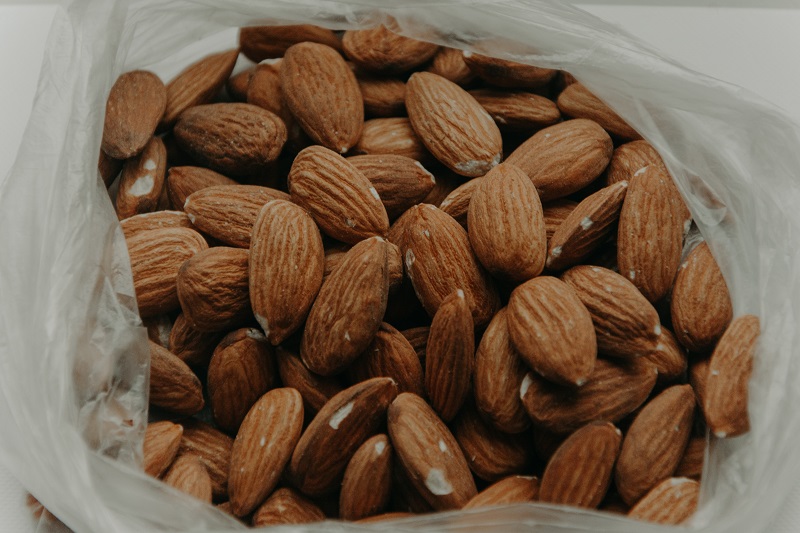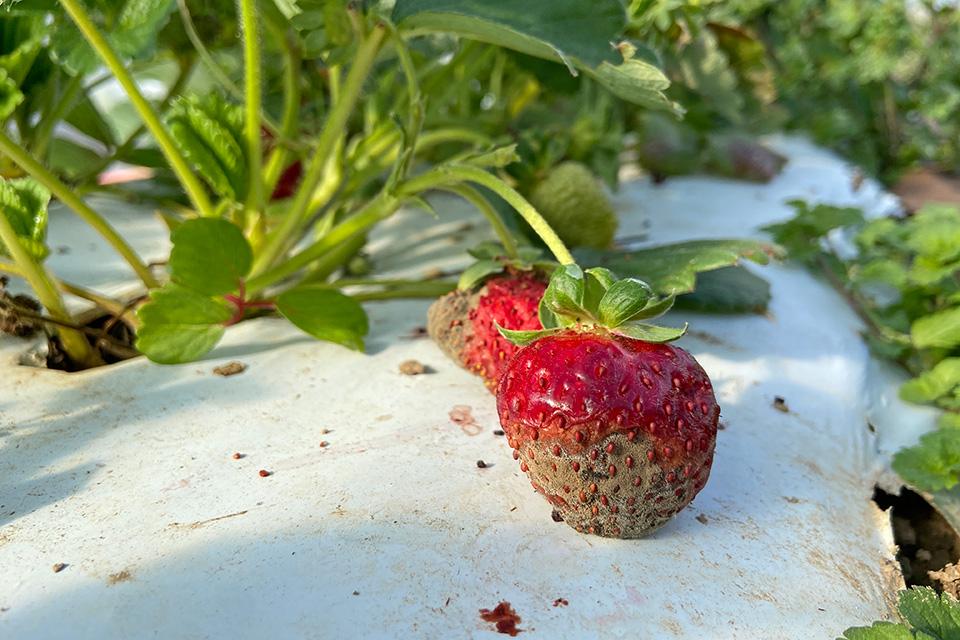A Preventive Approach Reduces Infection Risk In Potatoes
When we speak of crop protection in potatoes, or any other crop for that matter, the old saying, “An ounce of prevention is worth a pound of cure,” certainly applies. One of the reasons potatoes are so expensive to produce is the fact they are susceptible to many diseases.
Fortunately, many of these disease problems can be effectively managed by insisting on high-quality certified seed. For others, like late blight and early blight, management requires a fungicide program.
Symptoms produced by these two foliar diseases are easily distinguishable from one another, but their behavior is actually similar in a number of ways. For instance, they both reproduce by means of windborne spores that can travel for fairly long distances. The spores of both pathogens also require favorable conditions for germination, penetration, and infection of the plant.
When either disease organism has successfully infected the tissues of the host, disease becomes far more difficult to control because the pathogens are almost completely internal and are actually shielded from control measures by the host itself. This is why fungicide programs are much more effective when used to prevent the infection events from happening in the first place.
Late blight is favored by wet con-ditions with sustained periods of high (85% to 90%) relative humidity. In contrast, early blight is favored by alternating periods of wet and dry con-ditions. Temperature also is important, with the optimum range for infection by late blight being 64°F to 72°F, while the range for early blight is 68°F to 86°F.
Warning Programs
Since the conditions favoring disease development and spread have been intensively studied, early warning or forecast programs have been established for both diseases. As you would expect, these programs are a little different for each disease and will vary somewhat from one production region to the next.
Forecasting models function by keeping track of temperature, rainfall, and relative humidity information to determine when the first appearance of disease is likely to occur in a given region. The models provide information on when fungicide application should begin and the recommended interval between applications.
During periods unfavorable for disease development, the time between fungicide applications might be stretched to longer intervals and some applications may be skipped entirely, thus saving time and money as well as minimizing environmental impact. Contact your local university Extension personnel for recommendations concerning your particular production area.
Lag Time Repercussions
Another feature these two diseases share with each other and all plant diseases is the existence of a time interval between the initiation of infection and the appearance of symptoms. The lag time is referred to as the “latent period,” and this “delayed reaction” can have important repercussions. The lag occurs because the initial infection event involves a very limited amount of host plant tissue, often only a single cell.
The pathogen then develops outward from the infection site, steadily invading more and more of the host tissues, until the infected area becomes large enough to see with the naked eye. Late blight is much more aggressive than early blight, with large foliar lesions that seem to appear overnight, while early blight lesions start out small and gradually increase in size.
The latent periods are around three to five days for late blight, five to seven days for early blight, and are way more than lengthy enough to cause problems. Because of the delayed reaction, a substantial amount of disease spread may have taken place before the crop manager is even aware of it.
Fungicide applied during the latent period can protect the plant from new infections but have little to no effect on pre-existing ones. These lag times are incorporated into the forecasting models and are part of the many calculations needed to determine when the initiation of a fungicide program is recommended.










